|
In addition to its associated health benefits, the use of responsibly sourced certified wood can have significant positive environmental outcomes and help reduce climate change. The temperature of the earth is dependent on the balance between the amount of energy entering the planet’s system from the sun, and the amount reflected and released back into space. The natural greenhouse gas effect is where gases in the atmosphere absorb and retain heat, a natural process that is vital for life on earth. However if these greenhouse gases increase in quantity, more energy is absorbed and the earth heats up. Current atmospheric concentrations of carbon dioxide, the most important anthropogenic greenhouse gas, are 40% higher than preindustrial levels. If the current trend in energy usage continues carbon dioxide emissions are estimated to increase by a further 20% by 203556. The Intergovernmental Panel on Climate Change (IPCC) and other authorities have warned that emissions need to be significantly reduced by 2020 in order to avoid the most dangerous impacts of climate change, with the global economy reaching net zero emissions by 2050 to limit global warming to no more than 2°C above pre-industrial temperatures. In order for this to occur emissions not only need to be reduced, but the number of carbon sinks (which remove carbon from the atmosphere) also needs to be increased. Through the process of photosynthesis trees remove carbon from the atmosphere and store it as biomass, mostly wood. Planting more trees will therefore absorb more carbon and help reduce the impact of emissions. When responsibly sourced wood is used as a building material or to create long-lasting products those items become a carbon store – they lock carbon out of the atmosphere. Using wood as a building material also means that the use of much more carbon intensive and non-renewable materials like concrete and steel can be reduced. One study for example identified that the total energy consumption in the manufacturing of steel beams is 2-3 times higher, and the use of fossil fuels 6-12 times higher, than manufacturing timber beams. In New Zealand it has been estimated that a 17% increase in wood usage in the building industry would result in a 20% reduction in carbon emissions from the manufacture of all building materials, 1.5% of New Zealand’s total emissions. Furthermore innovative timber systems designed for prefabrication and disassembly allow for reuse of the timber, creating a more resource-efficient product life cycle than typical demolition and down-cycling, helping to avoid landfill waste. With the global population growing, increasing rates of urbanization and the construction of new buildings are inevitable. If these new buildings were built with wood they would not only act as a long-term carbon store, but they would generate fewer emissions in their construction. The use of wood in the interior of a building has clear physiological and psychological benefits that mimic the effect of spending time outside in nature. The feelings of natural warmth and comfort that wood elicits in people have the effect of lowering blood pressure and heart rates, reducing stress and anxiety, increasing positive social interactions and improving corporate image. These benefits are particularly important for environments where it is difficult to incorporate nature indoors, such as hospitals where strict health and safety guidelines may prevent the presence of plants, and office environments where views from the window are of roads and neighbouring concrete buildings. Responsibly sourced (and certified) timber has clear health and happiness benefits, as well as being a weapon in the struggle against climate change by both storing carbon and eliminating emissions. Wood is one of the oldest and most versatile building materials used by humanity but it also has a large part to play in the future of health and housing. - Planet Ark
0 Comments
Architecture in the Cycle of NatureWith the first complete waste-free cycle concept in the construction industry, Thoma Holz100 has shown that the approach of working together with nature is better from a technological and business standpoint. Our principle of waste-free construction is inspired by the forest. Thoma Holz100 was founded in 1990 by a forester who wanted to build the healthiest house for his children. Today the company is famous around the world for its environmentally friendly approach to business. From a Single SourceThoma takes care of the entire raw material chain from logging the timber to producing finished Holz100 elements. The Gußwerk sawmill which Thoma operates is the largest moonwood sawmill in Europe, and the components for Thoma houses are manufactured in two Holz100 plants. The exceptional quality can thus be assured right up to the finished house. Valuing Creation with WoodFelling trees at the right time, a careful drying process and handmade construction materials. Holz100 processes wood according to strict principles, which are far beyond the current industry standards. That’s how we create sustainable value with wood. Over 1,000 Healthy Homes Around the WorldThe patented Thoma Holz100 construction surrounds its inhabitants with pure, solid wood. Stepping into this non-toxic, chemical and glue-free house immerses you in the energy and magic of trees, where you can also marvel at the finest, high-tech wood technology. Our best testimony are the thousands of delighted owners of Holz100 homes.
Building with the forest: |
AuthorHolz100 Canada Inc. Archives
July 2019
Categories
All
|
HoursMon - Fri.
9:30am - 4:30pm |
Office |
President FRANK GHAHREMANI(416) 725-6747
|

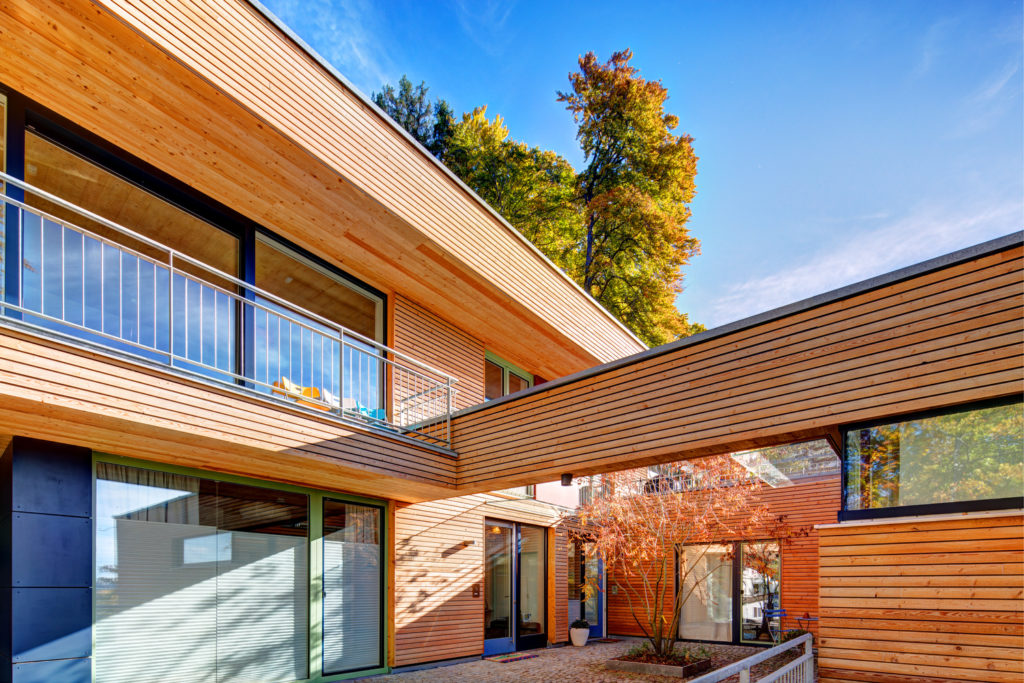
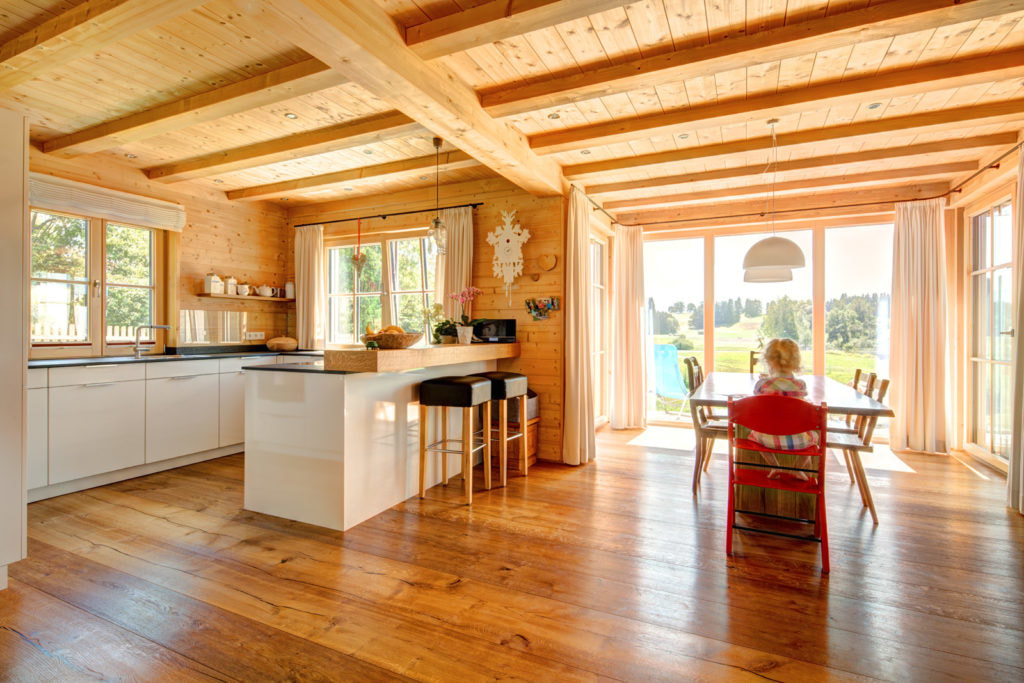
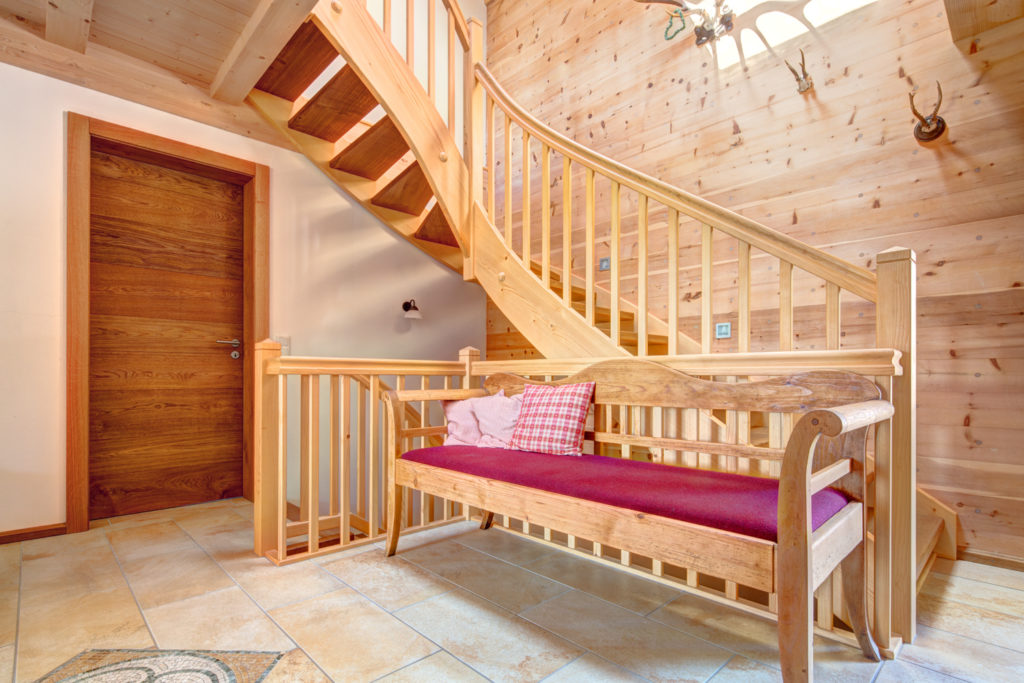
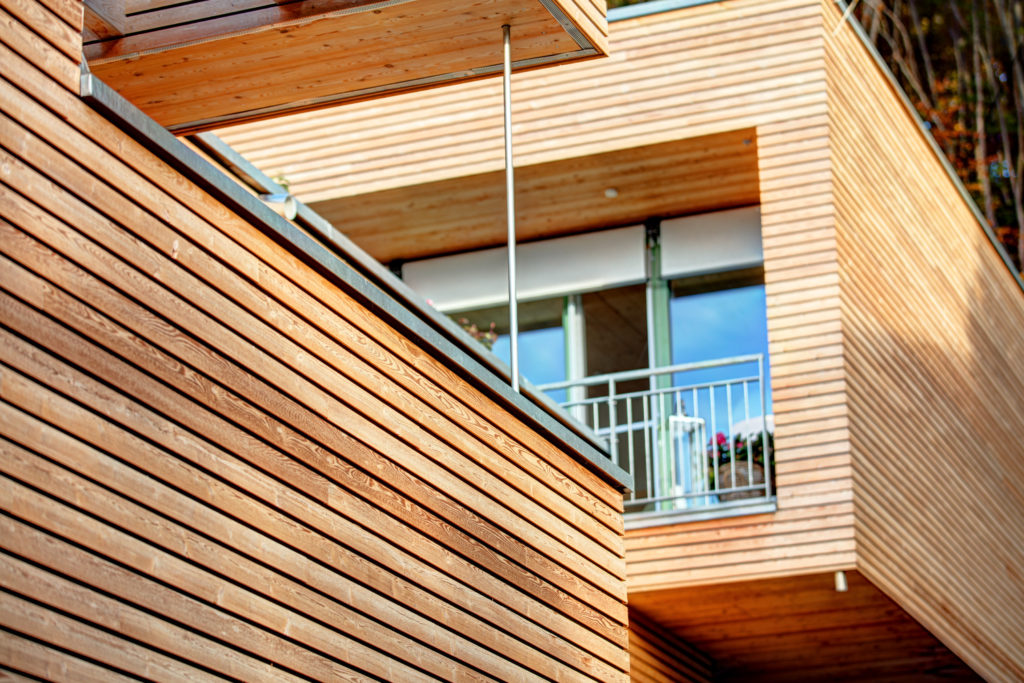
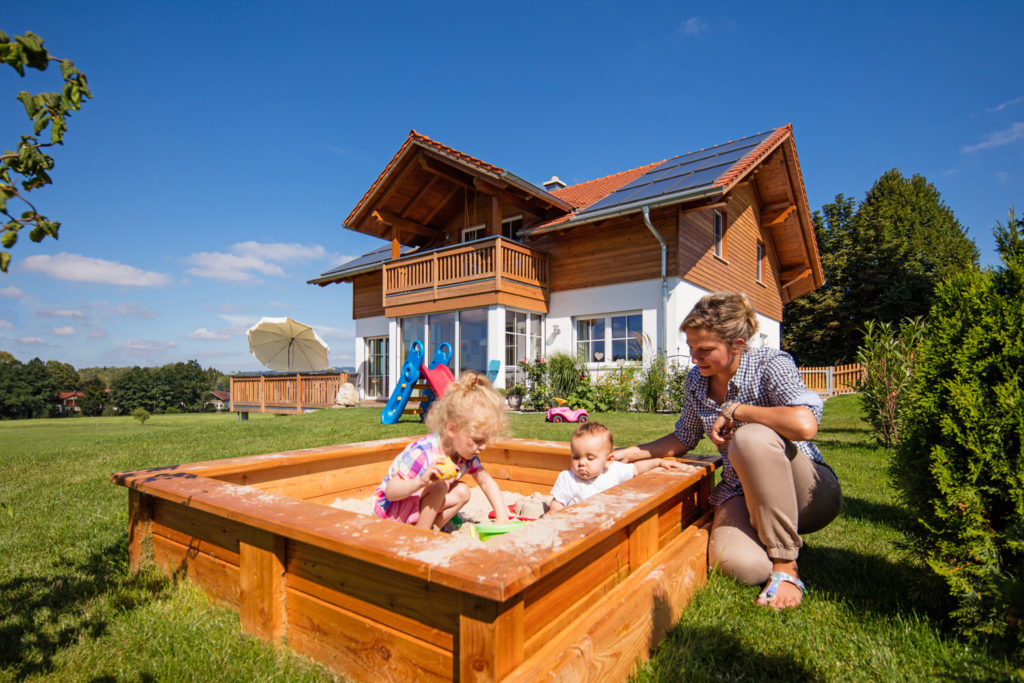
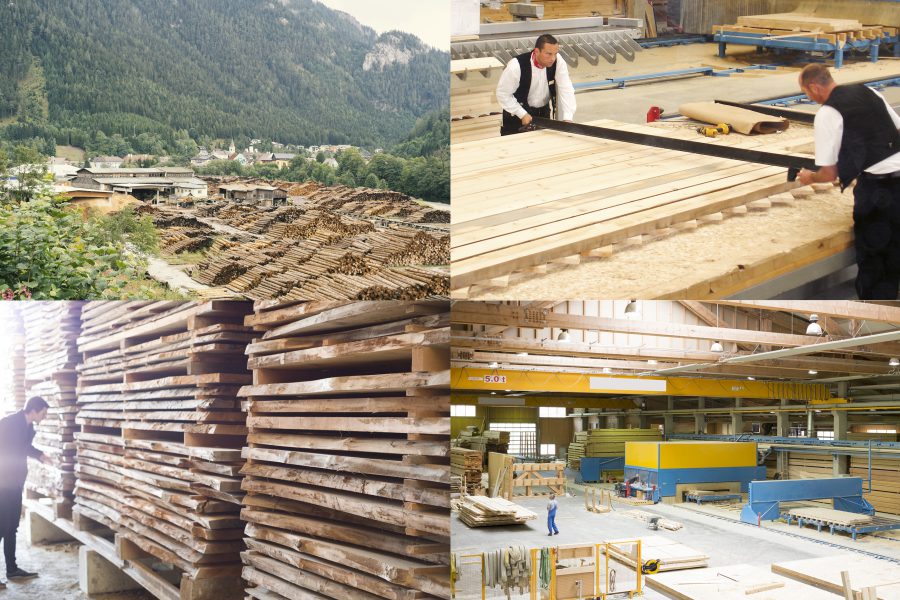
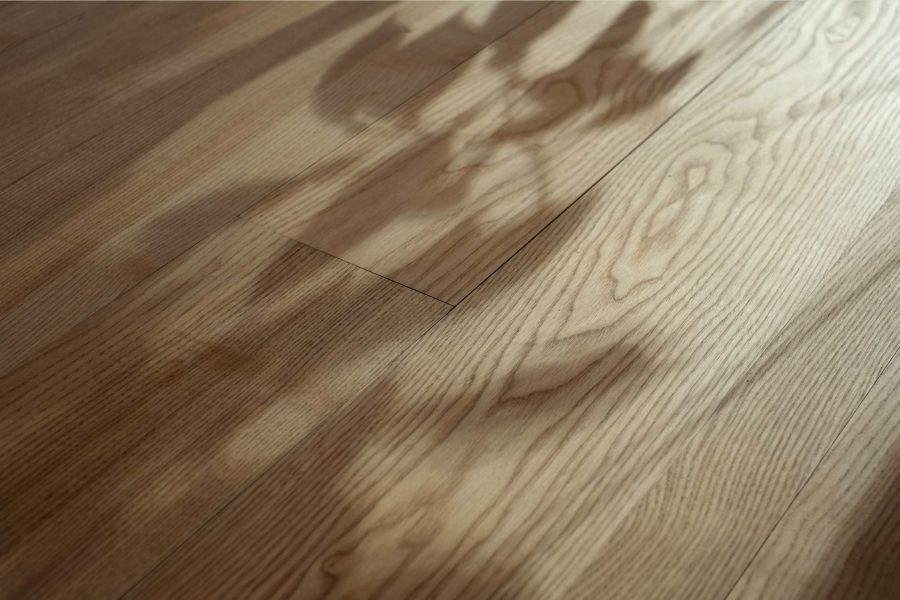
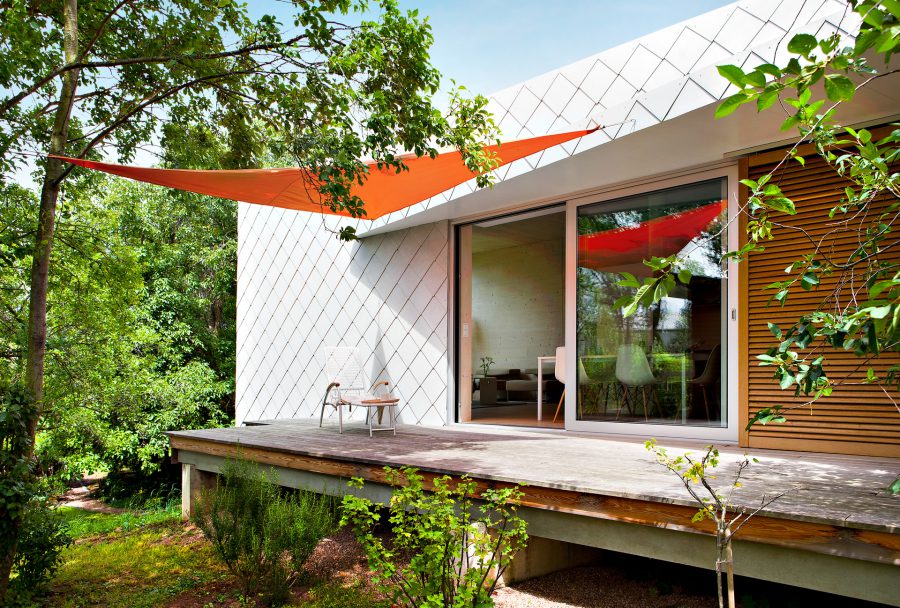
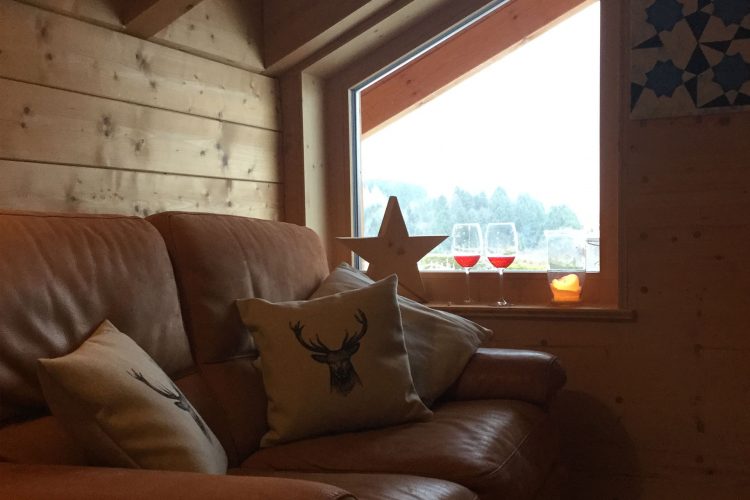
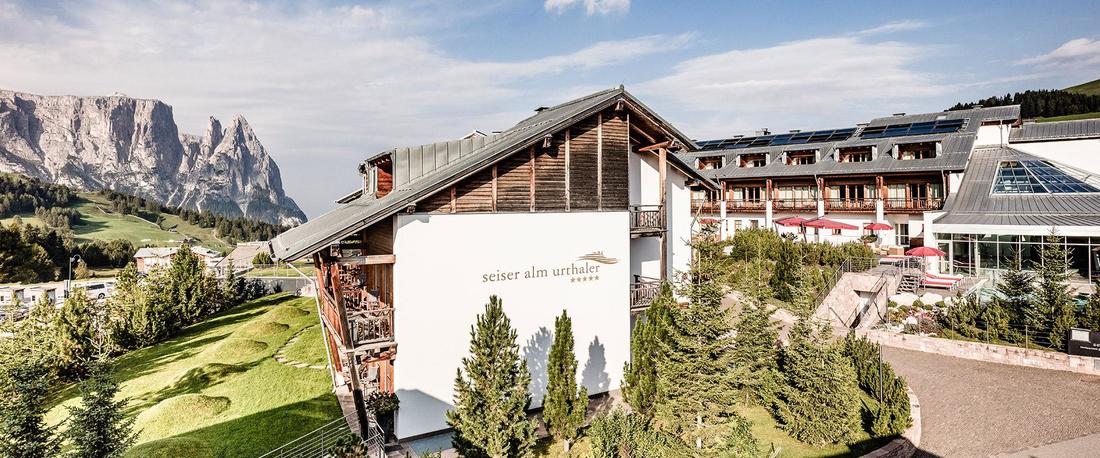
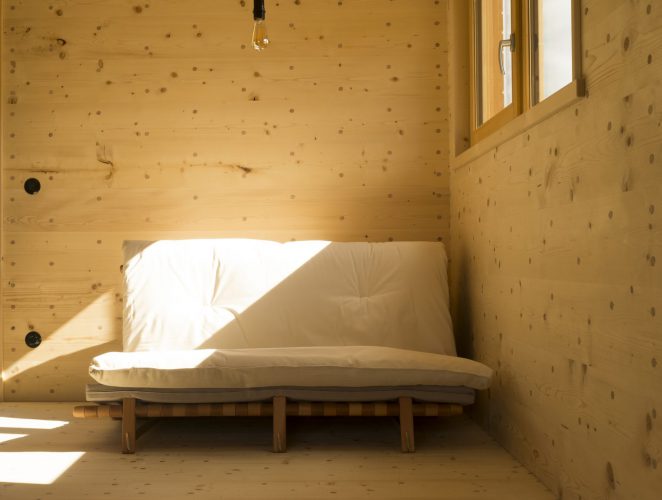
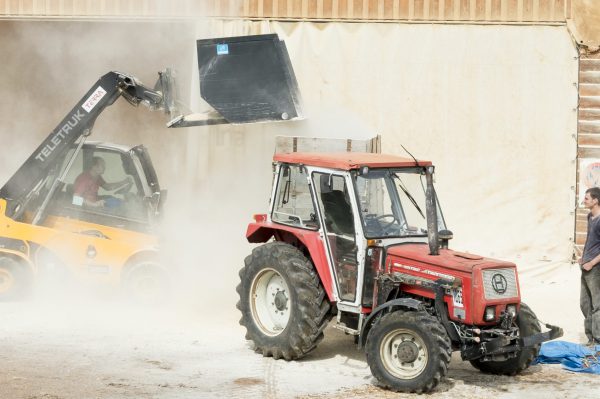
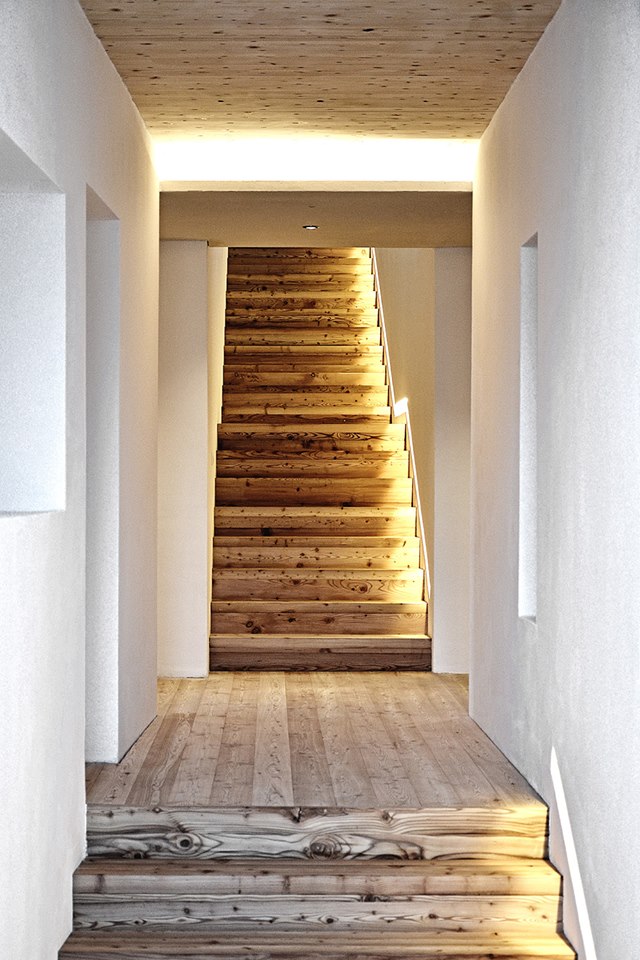
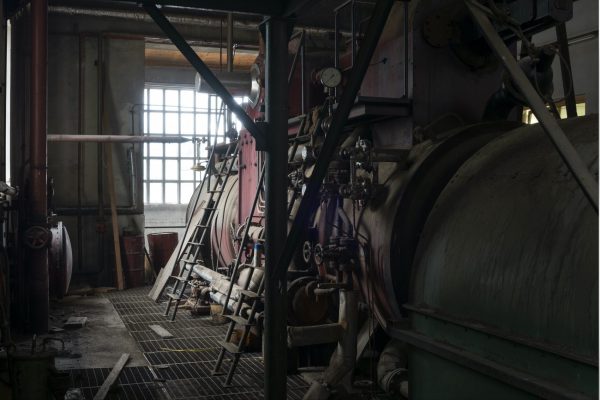
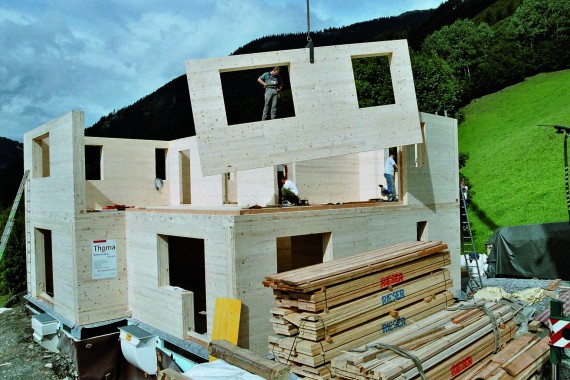
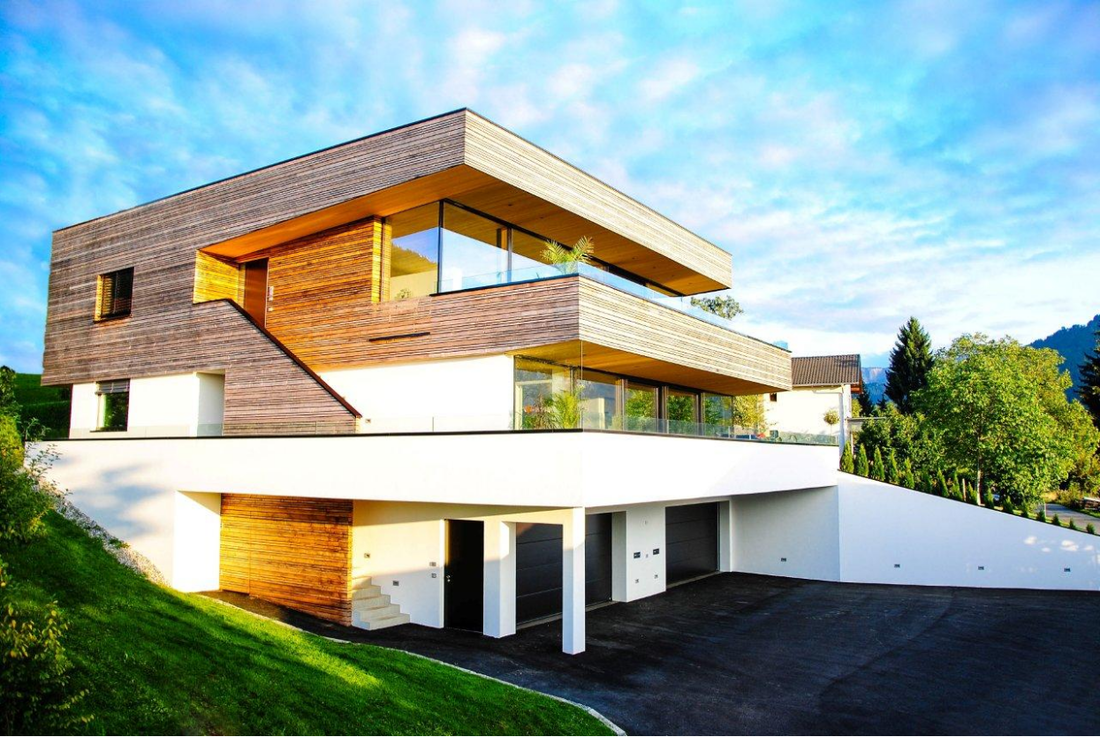
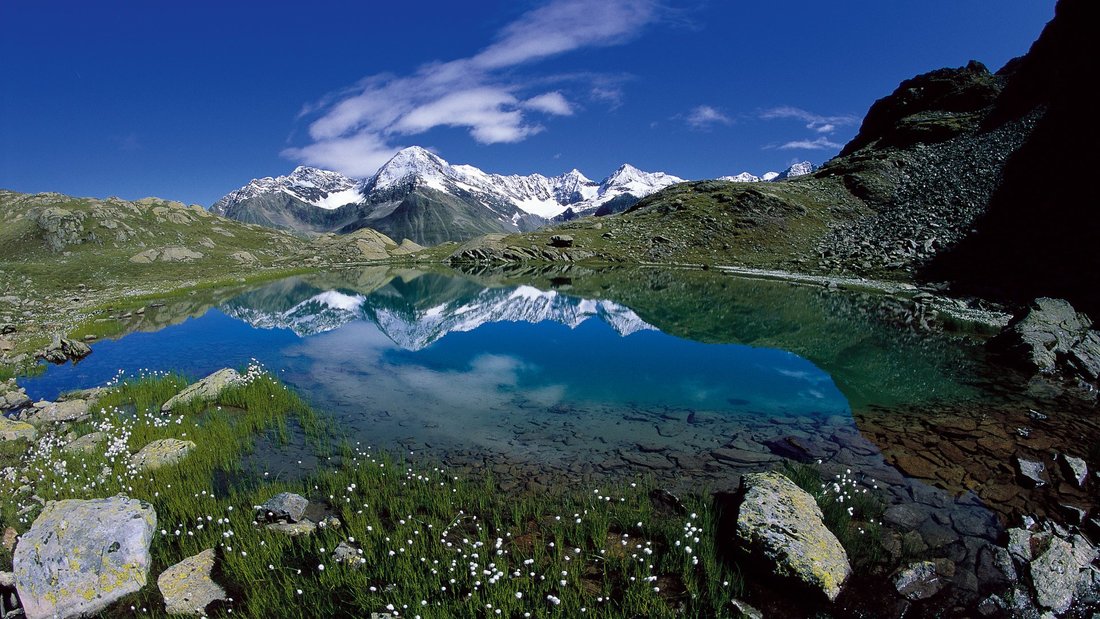
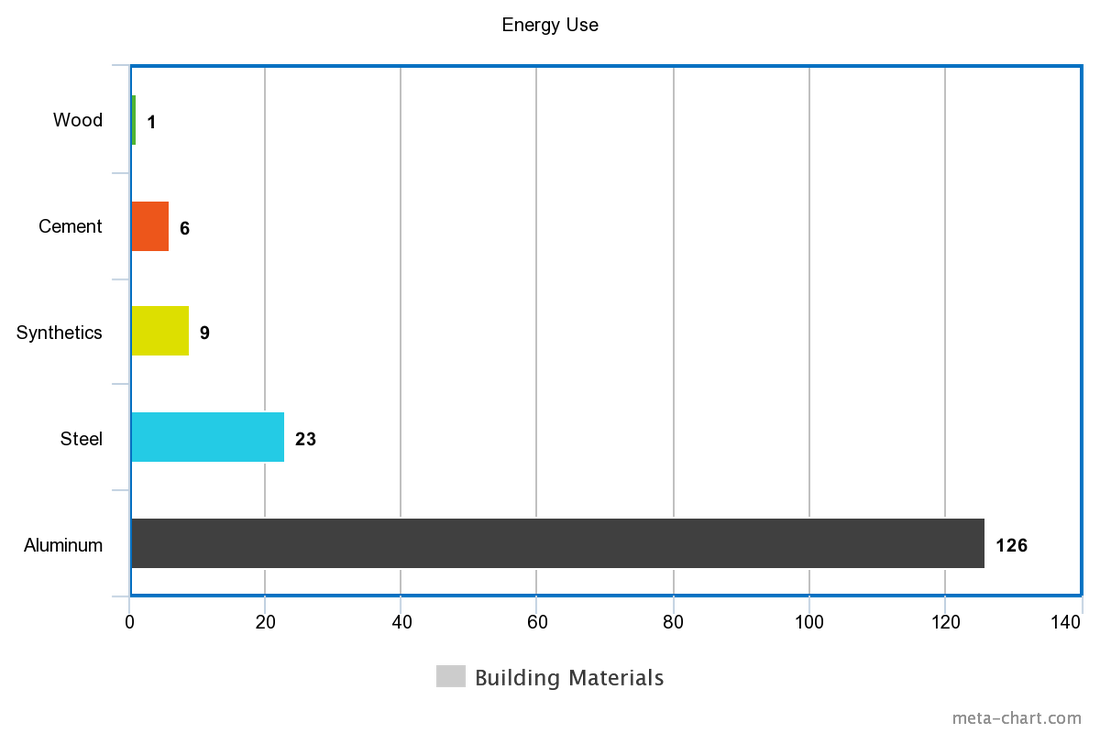
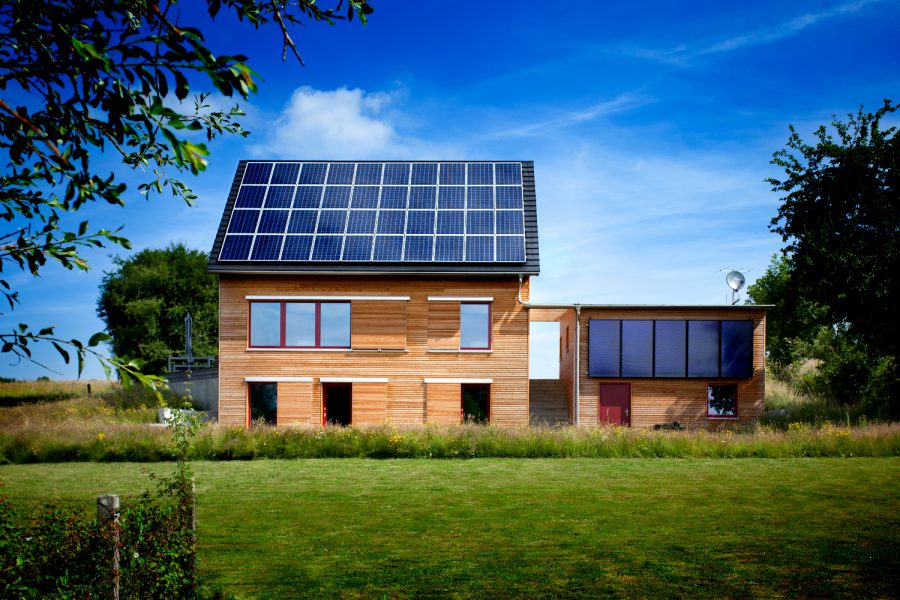


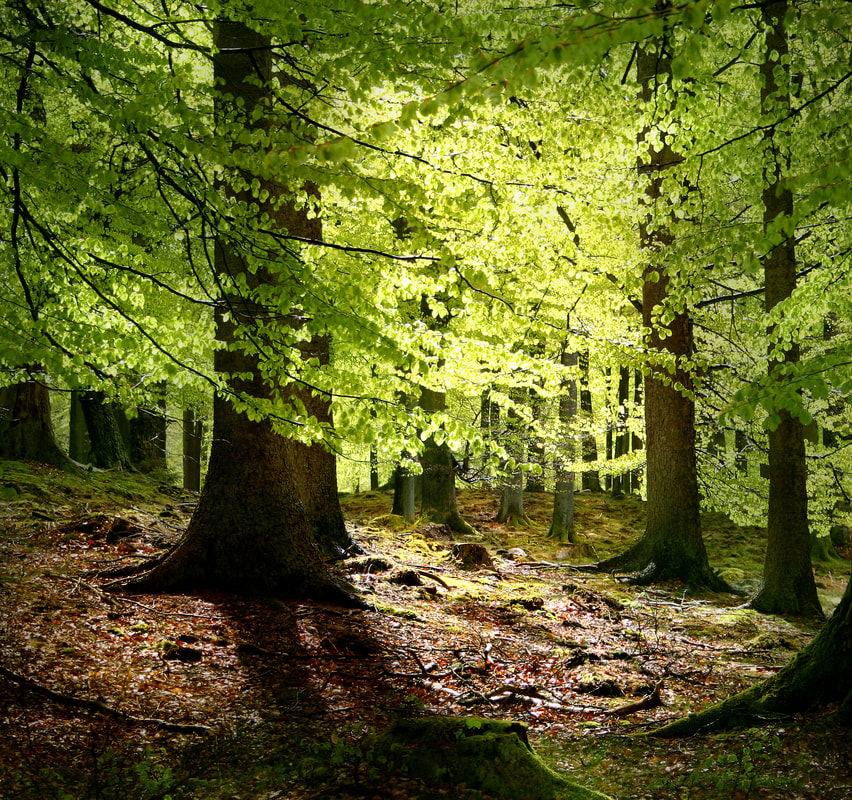
 RSS Feed
RSS Feed


